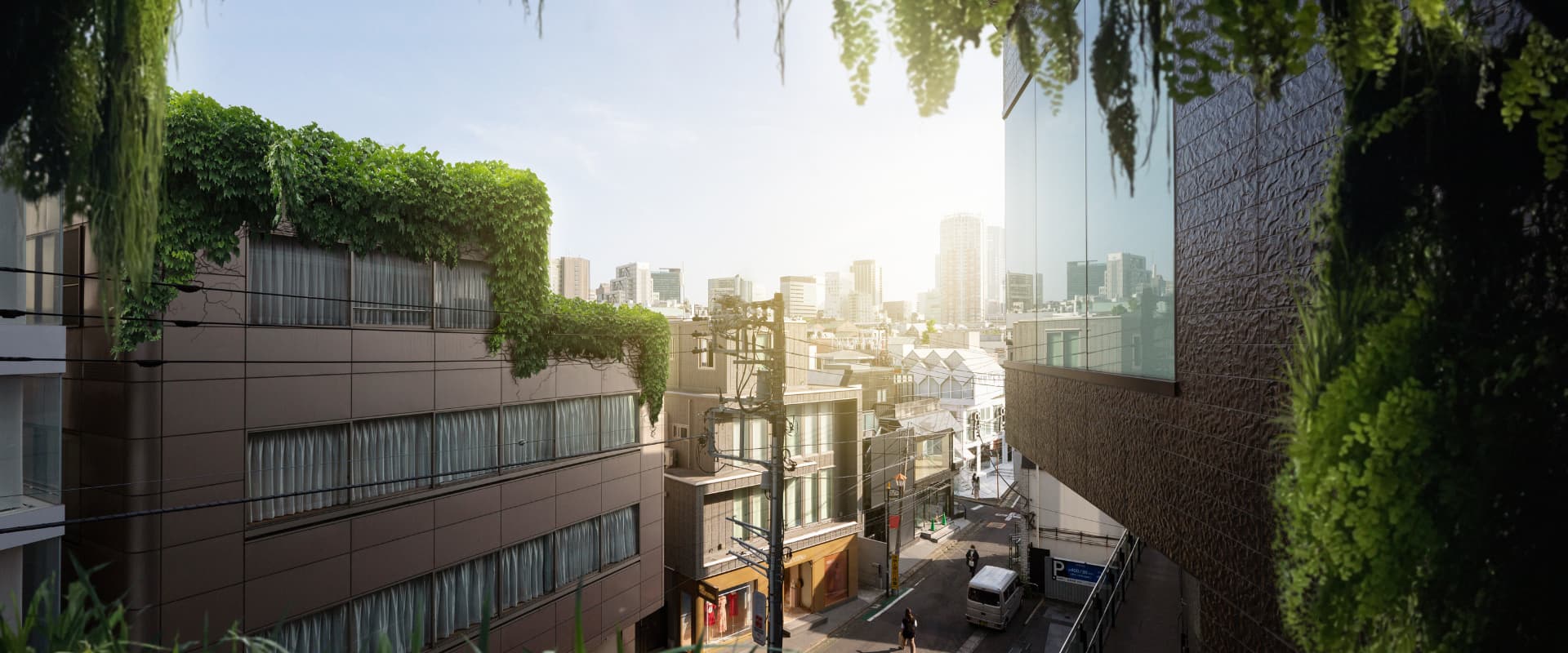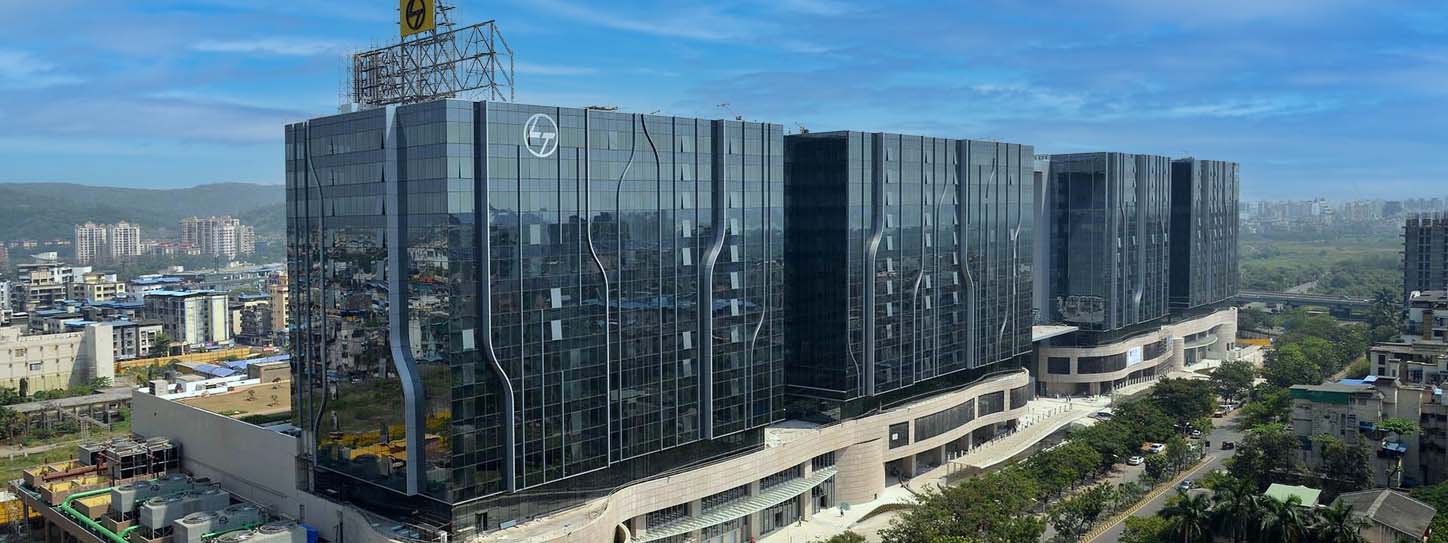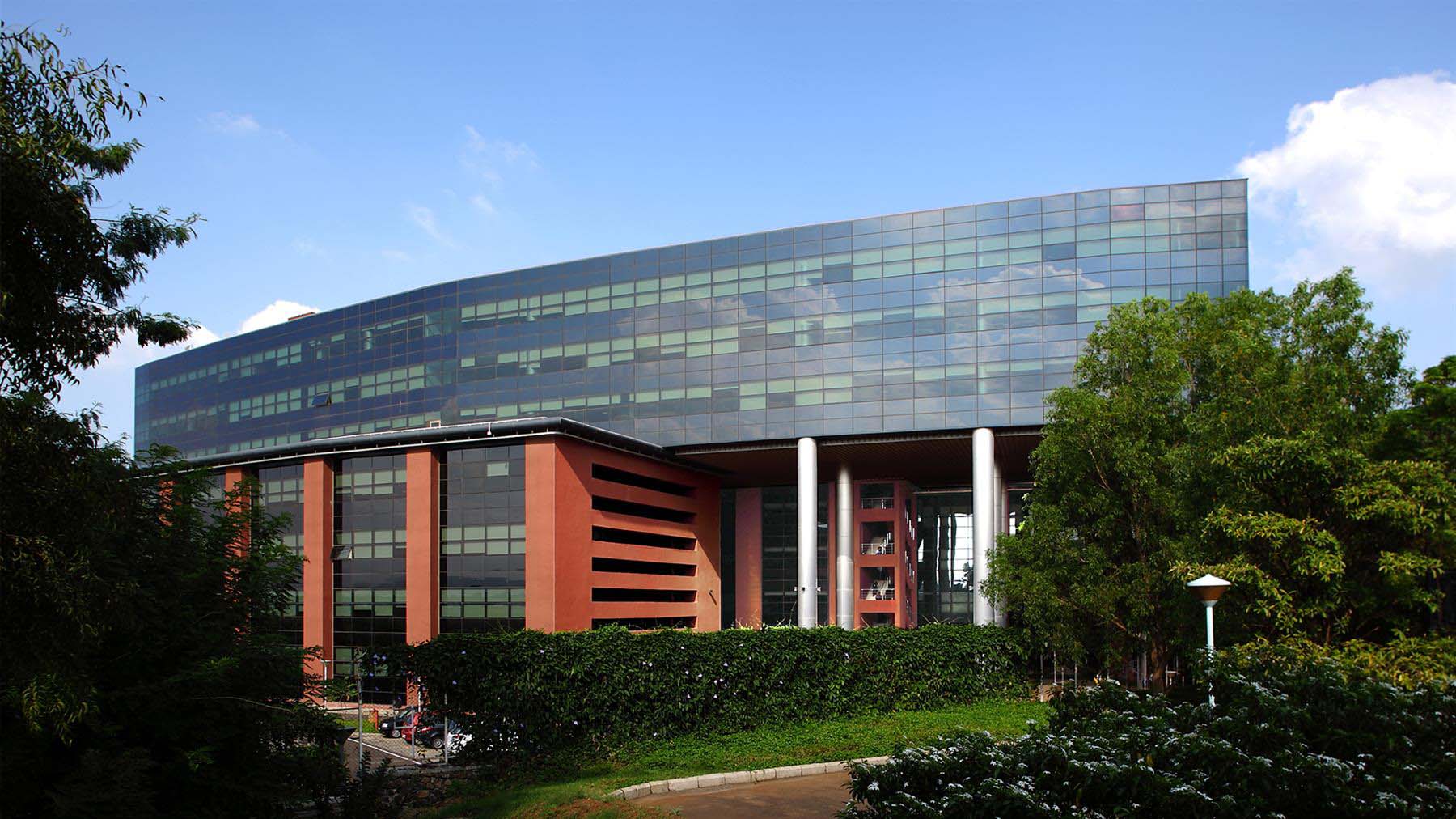Designing for Sustainability: Glass Facades and LEED Certification
Sustainability is a core principle in modern architecture, driving the demand for building designs that minimize environmental impact while maximizing energy efficiency and occupant comfort. Glass facades play a pivotal role in achieving these goals, particularly when aiming for LEED (Leadership in Energy and Environmental Design) certification. This blog explores how to design sustainable glass facades that contribute to LEED certification, enhancing both environmental performance and building value.
What is LEED Certification?
LEED is a globally recognized certification system developed by the U.S. Green Building Council (USGBC) to evaluate the environmental performance of buildings and promote sustainable design practices. Buildings earn points across several categories, including:
- Energy and Atmosphere
- Materials and Resources
- Indoor Environmental Quality
- Sustainable Sites
- Water Efficiency
- Innovation in Design
The total points determine the building’s LEED rating level: Certified, Silver, Gold, or Platinum.
The Role of Glass Facades in Sustainability:
Glass facades can significantly impact a building's energy efficiency, indoor environmental quality, and overall sustainability. Here’s how:
1. Energy Efficiency
- Thermal Performance: High-performance glass facades reduce heat transfer, improving insulation and reducing energy consumption for heating and cooling.
- Solar Control: Low-E (low-emissivity) coatings and solar control glass minimize solar heat gain, enhancing comfort and reducing cooling loads.
- Daylighting: Maximizing natural light reduces the need for artificial lighting, lowering energy use and creating a healthier indoor environment.
2. Indoor Environmental Quality
- Natural Light: Abundant natural light improves occupant well-being and productivity while reducing reliance on artificial lighting.
- Views and Connection to Outdoors: Glass facades provide visual connections to the outdoors, enhancing mental health and well-being.
- Ventilation: Operable windows within glass facades improve indoor air quality by allowing natural ventilation.
3. Materials and Resources
- Sustainable Materials: Using recycled and locally sourced materials for glass facades contributes to LEED points.
- Durability and Longevity: High-quality glass facades require less maintenance and replacement, reducing material waste over the building's lifecycle.
Designing Glass Facades for LEED Certification:
To design glass facades that contribute to LEED certification, consider the following strategies:
1. Select High-Performance Glass
- Low-E Glass: Use low-emissivity glass to enhance thermal insulation and reduce energy consumption.
- Double or Triple Glazing: Opt for double or triple glazing to improve insulation and soundproofing.
- Solar Control Glass: Incorporate solar control glass to manage heat gain and glare.
2. Optimize Daylighting
- Maximize Natural Light: Design facades to maximize natural light while minimizing glare and heat gain. Consider using light shelves and reflective surfaces to distribute light evenly.
- Daylight Modeling: Use daylight modeling tools to simulate and optimize natural light penetration and distribution.
3. Enhance Thermal Performance
- Thermal Breaks: Integrate thermal breaks in the framing system to minimize thermal bridging and improve overall insulation.
- Insulated Glazing Units (IGUs): Use IGUs with inert gas fills and advanced spacer technology to enhance thermal performance.
4. Incorporate Shading Devices
- External Shading: Use external shading devices like louvers, fins, or overhangs to block direct sunlight and reduce cooling loads.
- Internal Shading: Install internal shading systems, such as blinds or curtains, that can be adjusted by occupants to control light and heat.
5. Promote Natural Ventilation
- Operable Windows: Design facades with operable windows to enhance natural ventilation and improve indoor air quality.
- Automated Systems: Consider automated window systems that respond to environmental conditions to optimize ventilation.
6. Use Sustainable Materials
- Recycled Content: Select glass with a high percentage of recycled content to reduce environmental impact.
- Local Sourcing: Source materials locally to minimize transportation emissions and support regional economies.
Case Study: Successful Implementation
Project: XYZ Corporate Headquarters
Objective: Achieve LEED Gold certification through sustainable design practices, including the implementation of high-performance glass facades.
Strategies:
- High-Performance Glass: Used double-glazed Low-E glass to reduce heat transfer and improve energy efficiency.
- Daylighting: Designed facades to maximize natural light with strategically placed windows and light shelves.
- Shading Devices: Integrated external louvers and internal blinds to control solar heat gain and glare.
- Natural Ventilation: Incorporated operable windows in the design to enhance indoor air quality and reduce reliance on HVAC systems.
- Sustainable Materials: Used glass with high recycled content and sourced materials locally.
Results:
- Achieved significant energy savings, reducing HVAC loads by 25%.
- Enhanced occupant comfort and well-being through improved daylighting and air quality.
- Earned LEED Gold certification, demonstrating the building’s commitment to sustainability.
Designing glass facades with sustainability in mind is crucial for achieving LEED certification and promoting environmentally responsible building practices. By selecting high-performance glass, optimizing daylighting, enhancing thermal performance, and using sustainable materials, architects and designers can create buildings that are energy-efficient, comfortable, and aligned with the principles of sustainable design.
FG Glass: Your Partner in Sustainable Glass Facade Solutions
At FG Glass, we provide high-quality glass facade products designed to meet the highest standards of sustainability and performance. Our solutions help architects and builders achieve LEED certification and create buildings that are energy-efficient, environmentally friendly, and aesthetically pleasing. Discover how FG Glass can support your sustainable building projects with our innovative glass products. For more information, visit fgglass.com

You might also like
Feb 21, 2022 by TARIQ KACHWALA
Feb 21, 2022 by TARIQ KACHWALA
Feb 23, 2022 by TARIQ KACHWALA









